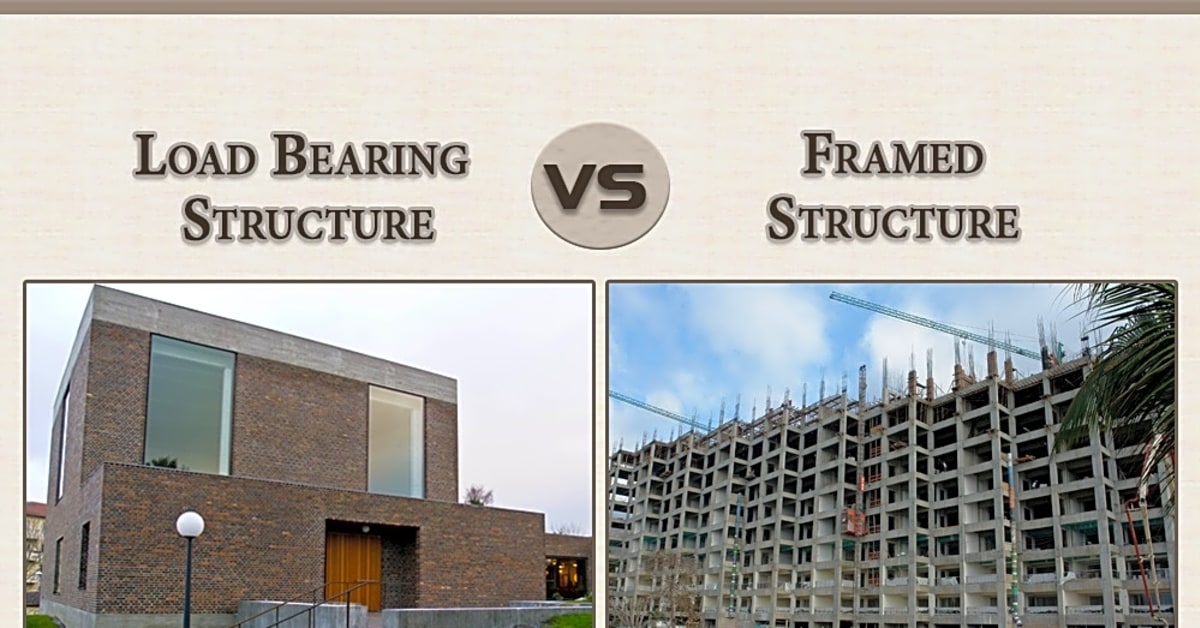
The supporting structure is the load that is picked up by the wall and transferred to the floor. The frame structure refers to the load that is absorbed by the beams and columns and transferred to the foundation and foundation of the structure. I will tell you the difference between a load-bearing structure and a frame structure. In a load-bearing structure, load-bearing elements are walls, while in a framed structure, the load-bearing elements are beams and supports. The following are the basic differences between load-bearing structure and framed structure. The application of structural models is limited to multi-storey buildings.
Such structures also require intensive materials due to higher intrinsic loads. Compared to frame structures, load-bearing structures use less cement and steel. The repair costs for buildings with this type of structure are relatively cheaper compared to frame structures. Because framed structures use less material compared to load-bearing components, they are relatively cheaper to build.
While you would need endless bricks and lots of cement bags to lift the walls for load-bearing structures, a few columns and beams with glass cladding are sufficient for framed structures. Renting out such a building would incur higher rental fees for a framed structure compared to its counterpart. The scaffolding is then clad with non-load-bearing walls, so-called curtain walls. This process is known as façade cladding. This is the most commonly used construction method. It is simpler than framed structures and therefore requires a minimum of skills.
The use of structures is the oldest construction method in history and one of the most common construction models. As a historical reference, half-timbered structures can be traced back to houses that were built with timber or truss systems. With the advancement of technology and industrialization, steel and reinforced concrete became the most commonly used materials for large-scale building structures. Since the entire load is absorbed by the frame, the designs should be made and executed as accurately as possible. A faulty connection can be disastrous.
This is due to the lower dead weight of frame structures compared to load-bearing components. This means that less load is transferred to the foundation even though the structure still remains as stable or even more stable than its counterpart. The strength of load-bearing components depends on the dimensions of the wall. The bigger the wall, the stronger it is. These are primarily classified according to the geometry due to which they achieve strength to withstand various types of loads.
This type of structure transfers loads to the ground through walls without supports and beam frames. Since this method uses load-bearing walls, it is connected to many dead weights, all of which are applied to the foundation. As already mentioned, framed structures are the most ideal construction method when it comes to very tall buildings.

Recent Comments